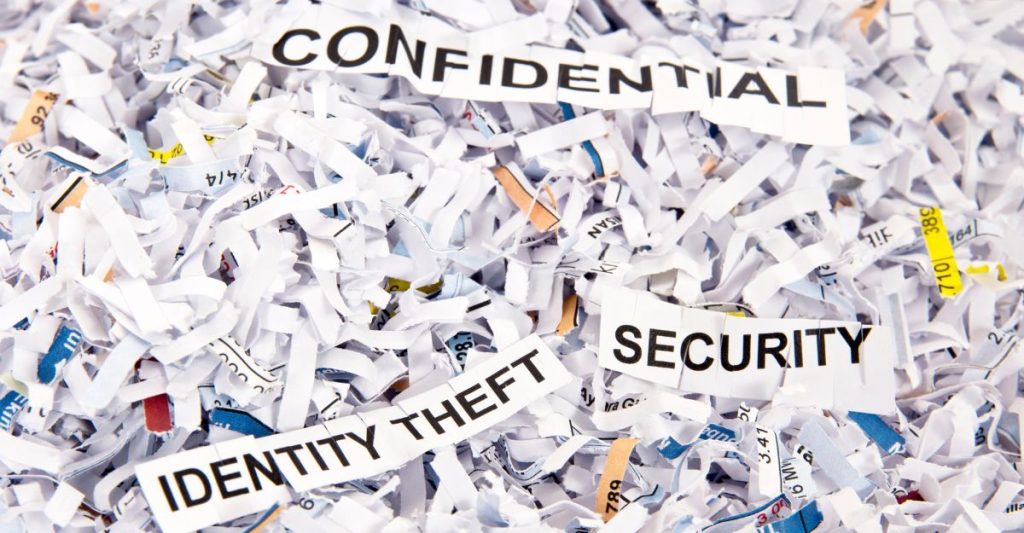Print Security in the Digital Age: Safeguarding Confidential Information
In today’s digital age, where data breaches and cyber threats are becoming increasingly prevalent, ensuring the security of confidential information is of utmost importance. While much attention is given to digital security measures, it is equally crucial to focus on print security. Safeguarding confidential information in print form is not only essential to protect sensitive data from unauthorized access and potential breaches but is also a legal and ethical responsibility for businesses and organizations.
Understanding the Risks
Printed documents and materials can pose significant security risks if not properly protected. These risks include:
- Unauthorized Access: Without proper security measures in place, unauthorized users may gain access to sensitive print jobs and view or distribute confidential information. This can lead to identity theft, corporate espionage, or other malicious activities. In addition, physical documents left unattended on printers or in common areas are particularly vulnerable to unauthorized access.
- Data Breaches: Printed documents that contain confidential information such as financial records, customer data, or trade secrets can become vulnerable to data breaches. If these documents fall into the wrong hands, they can be used for fraudulent purposes or sold on the black market. It is important to note that data breaches can have severe legal and reputational consequences for businesses and organizations.
- Network Vulnerabilities: Printers connected to a network can serve as an entry point for cyberattacks. Hackers can exploit vulnerabilities in printer firmware or use compromised printers as a gateway to gain access to the entire network, compromising sensitive information. By gaining control over a printer, attackers can not only access print jobs but also potentially intercept or manipulate print data in transit.
Strategies for Print Security
To safeguard confidential information in the digital age, organizations must implement robust print security strategies. Here are some essential measures that can be taken:
- Secure Pull Printing: Implement secure pull printing, also known as follow-me printing, to ensure that print jobs are only released when the authorized user is physically present at the printer. This prevents unauthorized individuals from accessing sensitive documents left unattended on the printer tray. Users can authenticate themselves at the printer using a PIN code, swipe card, or biometric verification before the document is released.
- User Authentication: Implement user authentication mechanisms to add an extra layer of security to the printing process. Only authorized users with valid credentials can release print jobs, reducing the risk of unauthorized access. User authentication methods can include PIN codes, swipe cards, proximity badges, or even biometric identification like fingerprints or facial recognition.
- Encryption: Encrypt print data as it travels over the network or is stored on the printer’s hard drive to protect sensitive information. Encryption ensures that even if intercepted, the data remains unreadable and inaccessible to unauthorized users. Organizations can implement encryption protocols such as secure sockets layer (SSL) or transport layer security (TLS) to secure print data in transit and encrypt the data stored on the printer’s hard drive using strong encryption algorithms.
- Secure Printers and Firmware Updates: Choose secure printers with built-in security features, such as encrypted hard drives, secure boot processes, and firmware that can be regularly updated to address security vulnerabilities. Keeping printers up-to-date with the latest firmware updates and security patches provided by the manufacturer ensures protection against emerging threats.
- Print Monitoring and Auditing: Implement print monitoring and auditing systems to track print activities, identify potential security breaches, and monitor user behavior. By capturing data such as print job details, user information, and timestamps, organizations can detect any suspicious activities and take appropriate actions promptly. Print monitoring and auditing also enable organizations to enforce print policies, track printer usage, and identify areas for optimization.
- Secure Document Disposal: Establish guidelines for secure document disposal to ensure that confidential information cannot be retrieved from discarded documents. Implement shredding protocols or use secure disposal services to prevent unauthorized access to sensitive information.
- Employee Education and Training: Educate employees about the importance of safeguarding confidential information in print form. Provide training on proper printing protocols, secure document disposal, and recognizing potential security threats. By increasing employee awareness, the risk of data breaches can be significantly reduced.
Conclusion
Print security should not be overlooked in the digital age. Safeguarding confidential information in print form is not only essential for protecting sensitive data but also for complying with legal and regulatory requirements. By implementing robust print security strategies such as secure pull printing, user authentication, encryption, secure printers, print monitoring and auditing, secure document disposal, and employee education and training, organizations can effectively safeguard confidential information and mitigate the risks associated with print security.



